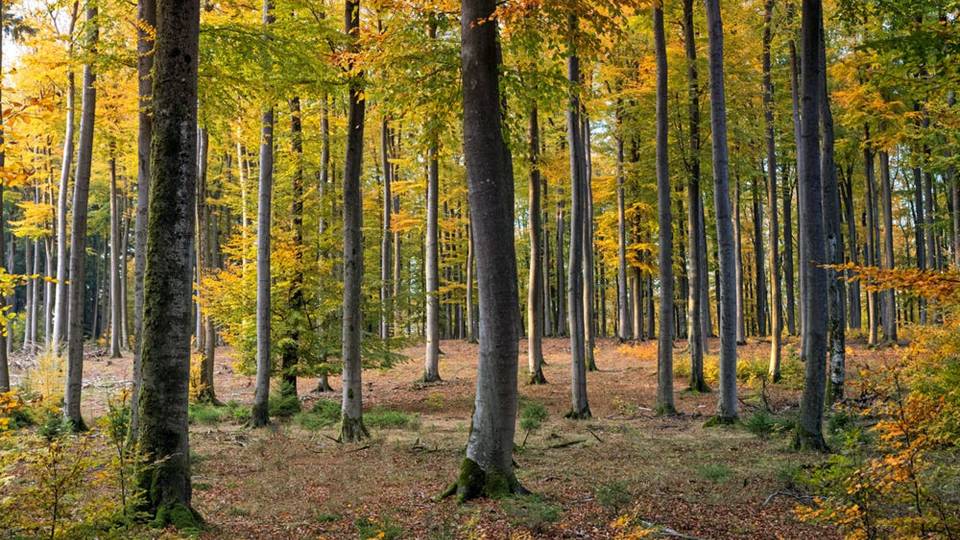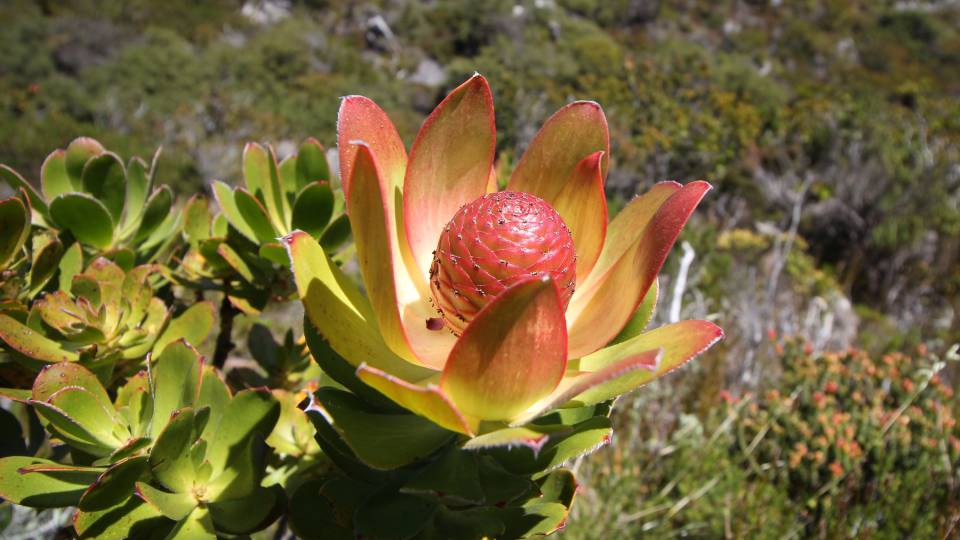study of ancient and unpolluted South American forests promises to upend longstanding beliefs about ecosystems and the effects of pollution in the Northern Hemisphere.
The study focused on nitrogen, a plant nutrient that plays a critical role in maintaining everything from the health of local waterways to the global climate.
Standard thinking among ecologists had been that nitrogen-containing minerals, referred to collectively as inorganic nitrogen, have always been the dominant nutrient in forests worldwide. The study of South American forests, however, showed a sharply different picture: Complex, organic compounds are the main form of nitrogen in unpolluted ecosystems.
The study, published in the Jan. 24 issue of Nature, concludes that the high levels of inorganic nitrogen in the United States, long thought to be the natural mainstay of the ecosystem, are really the result of acid rain and agricultural fertilizers. The authors argue that the ecosystems of South America, with their preponderance of organic nitrogen, are a window into the past, showing that U.S. ecosystems were very different before the industrial revolution.
"We traveled in time by traveling to South America," said Lars Hedin, a professor in the Department of Ecology and Evolutionary Biology and the Princeton Environmental Institute . Hedin recently came to Princeton from Cornell University, where he conducted the research with former graduate student Steven Perakis.
The information they uncovered could have far-reaching impacts in many areas of ecology, from predicting the pace of global climate change to understanding the consequences of acid rain and agricultural run-off.
To read the full news release, click here .
Contact: Marilyn Marks (609) 258-3601


